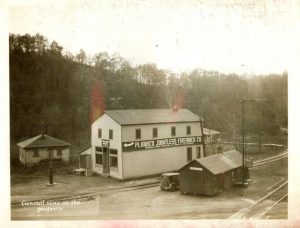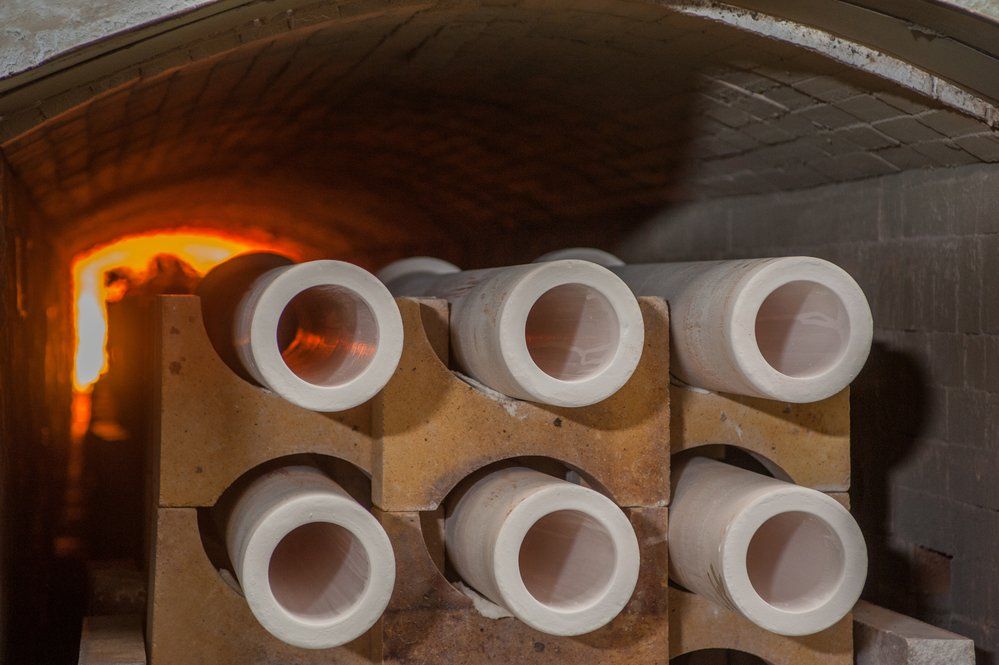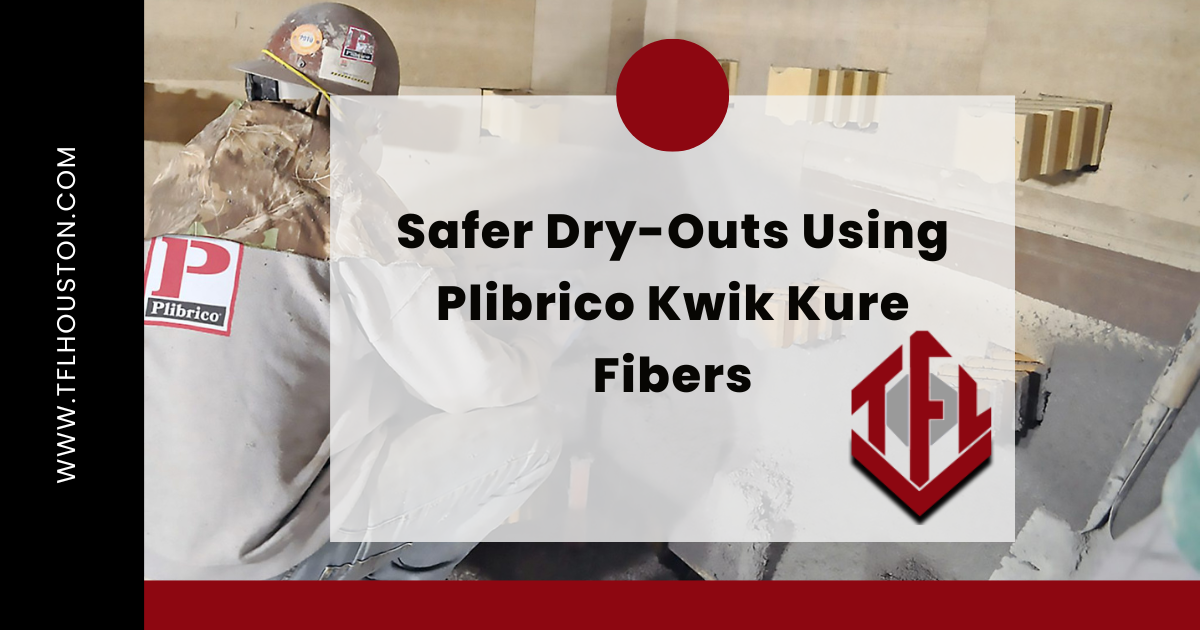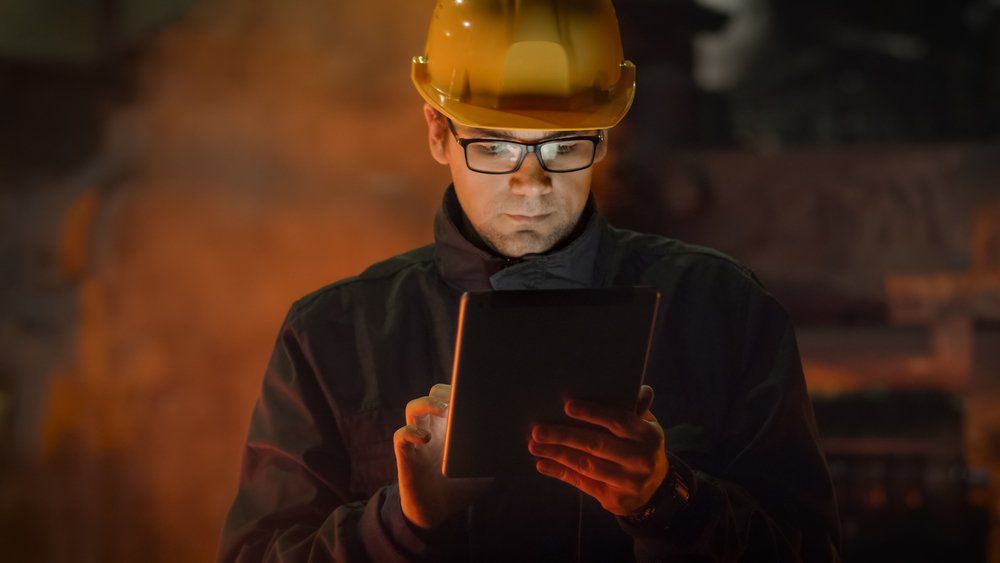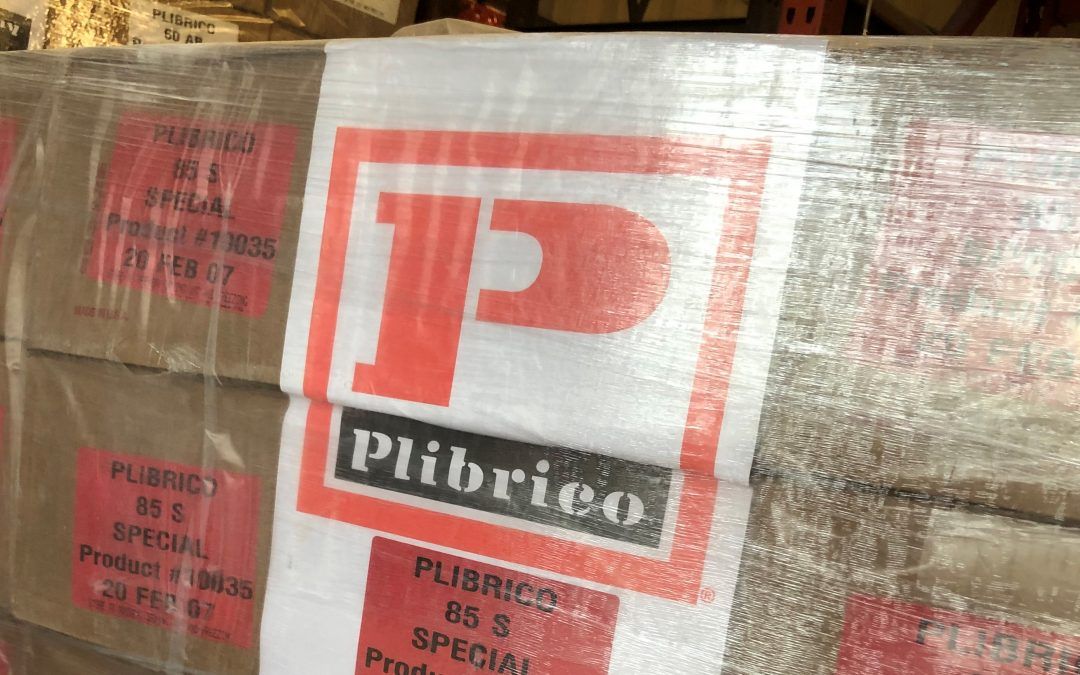Introduction to the Various Types of Refractory Materials
There are various forms of refractories available today. They differ in chemical and structural makeup and heat threshold capacities. When correctly applied, your heating facilities reap the rewards of an efficient heat containment machine.
The right refractory material will create a safe, cost-effective, and low maintenance heating system that delivers consistently.
Click To Tweet
Types of Refractory Materials
Refractory materials are sorted primarily based on their chemical behavior and strength. Materials that can withstand specific types of slag (toxic waste of metal burn-off) and especially valued for their durability. Here are the main kinds of refractory materials and their uses:
Fireclay
Fireclay brick is durable and inexpensive, making it the most common type of refractory brick used in furnaces, kilns, stoves, and kilns.
Alumina
Alumina refractories are used primarily in and around blast furnaces, lime, cement and ceramic kilns, glass tanks and for melting a variety of metals.
Silica Brick
Silica brick is very strong, even at temperatures that approach their fusion point. Various kinds of silica brick are used extensively in the glass and steel industry
Chromite
Chromite (chrome-magnesite) refractories are used for in high-temperature furnaces. These materials can withstand corrosive matter and gases, making them suitable for use in steel metal and similar functions.
Magnesite
The physical properties of magnesite brick are fairly poor, with their value primarily in their resistance to lime and iron-rich slags. Magnesite refractories are critical to the steelmaking processes.
Zirconia
These refractories have very impressive strength at room temperature, a strength that is maintained up to temperatures reaching 15000C. Zirconia does not react with liquid metals and molten glasses. This makes them particularly useful in glass furnaces.
Monolithic
Monolithic refractory is the umbrella term to describe all unshaped refractory products, installed as a powder mixed with a liquid that that hardens to form a solid mass. (Similar to poured or sprayed concrete.)
Professional Guidance
Without extensive knowledge of the types of refractory materials, you put yourself at risk of choosing the wrong one. Sound, professional guidance is critical to making the right choice for your refractory needs.
Contact Us
today to learn more about the best refractory material for your industrial project.
The post Introduction to the Various Types of Refractory Materials appeared first on Refractory Materials, Precast Shapes, and Custom Solutions.
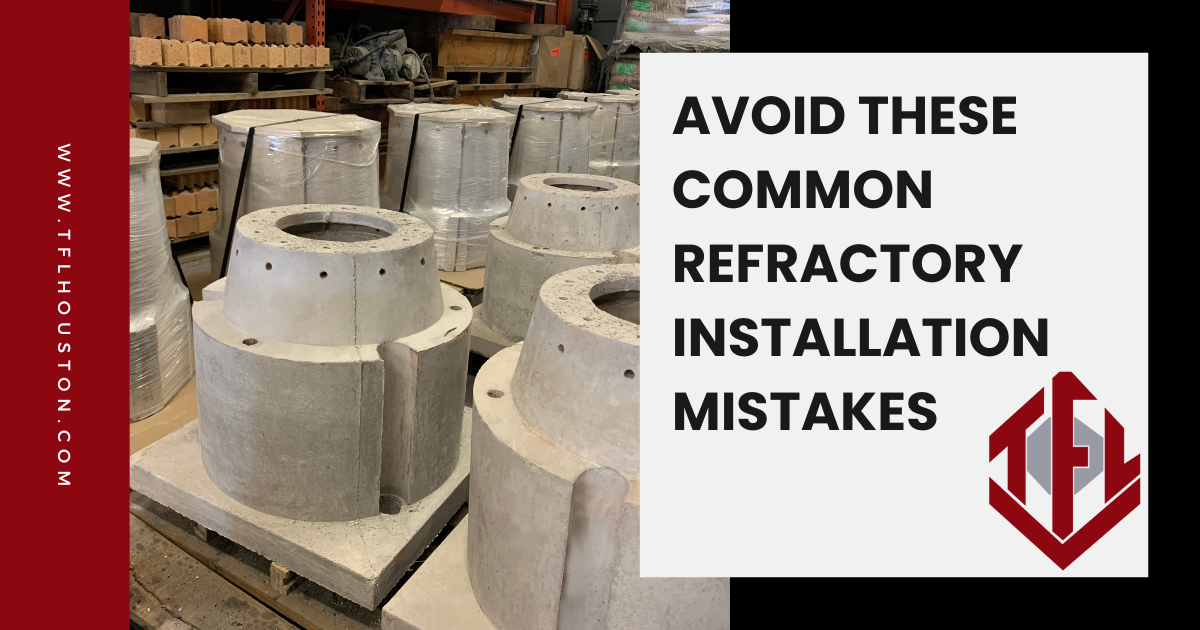
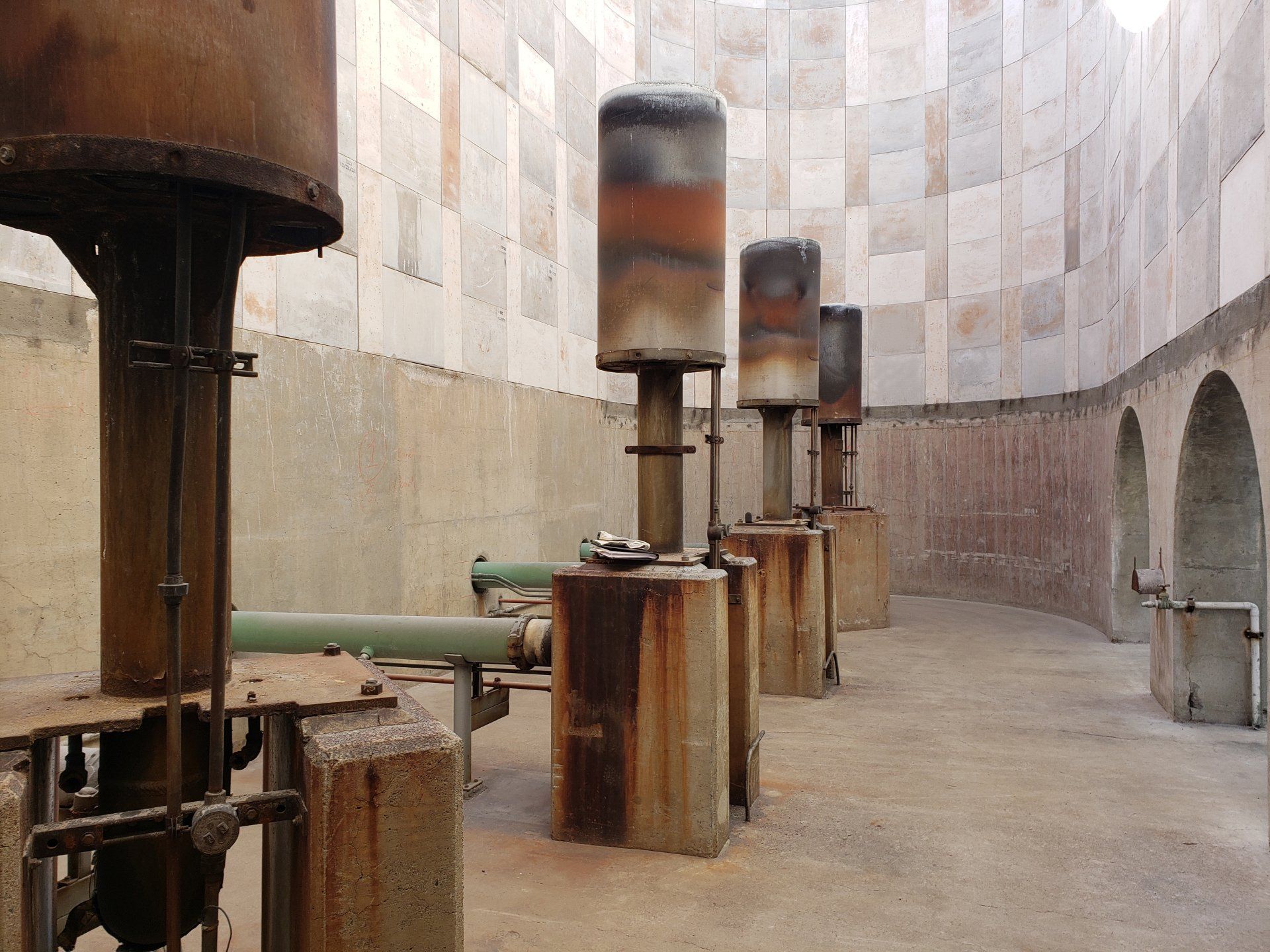
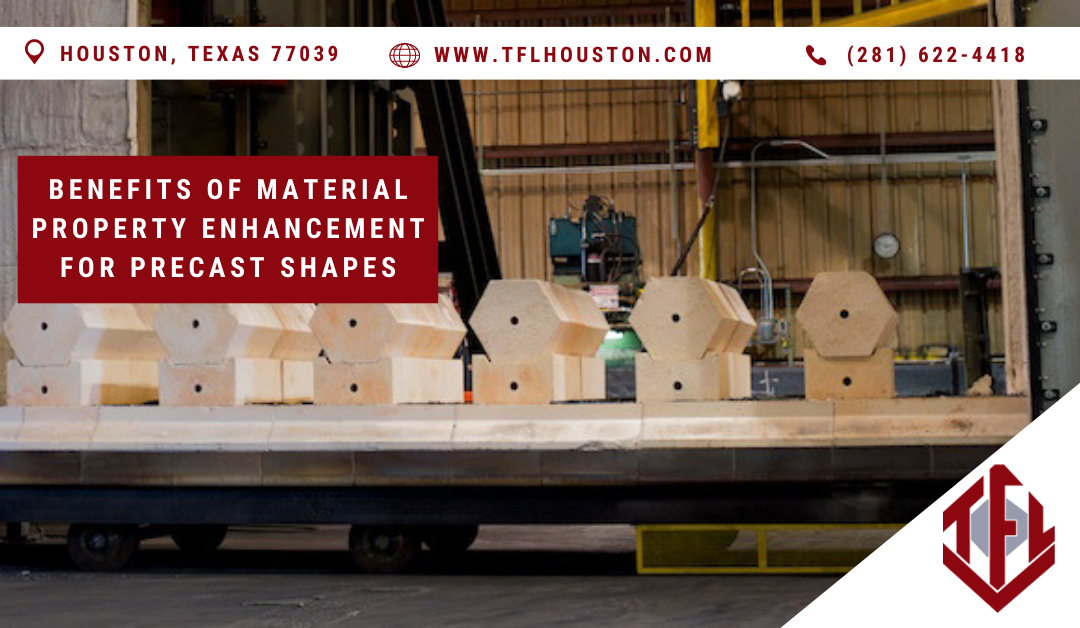


TFL Uses Custom Molding Techniques to Make Precast Refractory Shapes With Extremely Tight Tolerances
